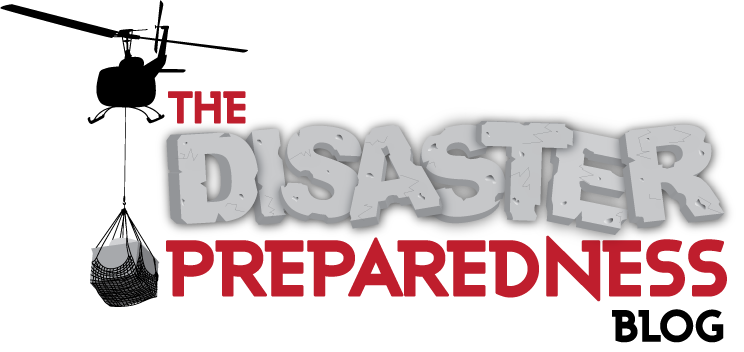Disaster Tip of the Week: Choosing Your Bug-Out-Location
 Tuesday, December 6, 2011 at 9:49AM | |
Tuesday, December 6, 2011 at 9:49AM | |  Email Article
Email Article Last week I talked about the first steps on deciding on what to include in your Bug-Out-Bag (BOB). As I mentioned one of the most important things about deciding on what to put into your BOB is how far away or how long it will take you to get to your Bug-Out-Location.
How you choose your Bug-Out-Location will depend on a number of factors, such as:
- Can you afford to purchase your own location
- Do you have a trusted group of people that can purchase a location together
- Is it easy for you to get to
- Can you get there if you had to walk
- Is it safe from the same or other potential hazards
If you’re lucky enough that you can afford to purchase your own location or to get in on one with some other people you will want to look for a location that is preferably in a different region from your main living location. The best site will be property you can purchase that also has access to water, hunting, wood, and enough space to grow your own food. Also take into consideration the security of the location as well.
If others can find it or know where it is, and you have supplies stocked up there is the chance that they could be gone before you get there or even worse taken over and occupied.
Again, consider how long it would take for you to get to the location. If you’re traveling alone and have the knowhow to survive the more remote and further away you can make your location. If you have a family that you need to take care of you MUST consider locating your Bug-Out-Location closer and will likely have to make it more accessible.
What if you’re not lucky enough to be able to afford your own property? The first thing I would do is find a relative or even a friend who lives either in a remote rural location. At the very least find a relative or friend that lives outside of the region in which you live that will not be impacted by the same event that would cause you to leave and seek shelter.
Once you choose the relative or friend, talk to them about your plans, and as a start offer to set them up at your location if something should happen to cause them the need to leave their location. Once you agree to work together in this respect, you can work together to get supplies and set up your Bug-Out-Location.
Another option you have especially if you live in an urban environment is to know where evacuation points and evacuation shelters will be during an emergency. Typically they will be in large schools, but not always. If you must, get involved with your community, or call your local Emergency Operations Center and ask them where the shelters are and which you should report to if a disaster occurs.
Know where these locations will be, and devise a plan to get to the shelter or evacuation points. If you’re in a situation where you need to utilize this option make sure you’re one of the people who get there early. Getting to them early is particularly important if the plan is to use these shelters as a staging point to get people onto other methods of transportation to relocate them out of the area. Make sure you’re on that bus, train or other means of getting out.
As a last resort you can always use the option of Bugging-In which is when you choose to stay put and wait out any event. Not the best option especially in a fire or flood situation and you’ll be taking your life into your own hands.







